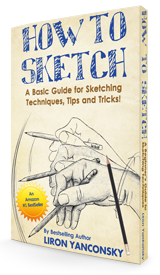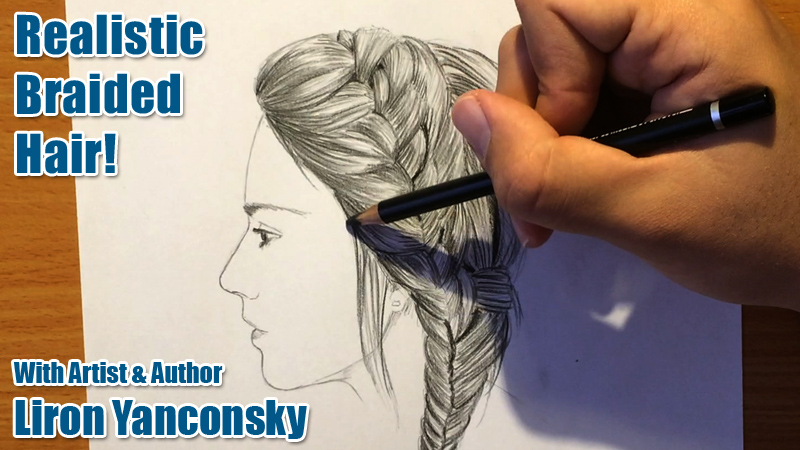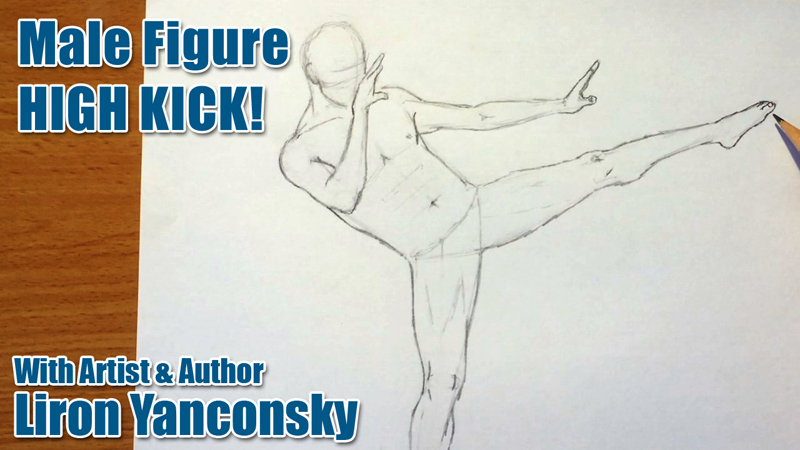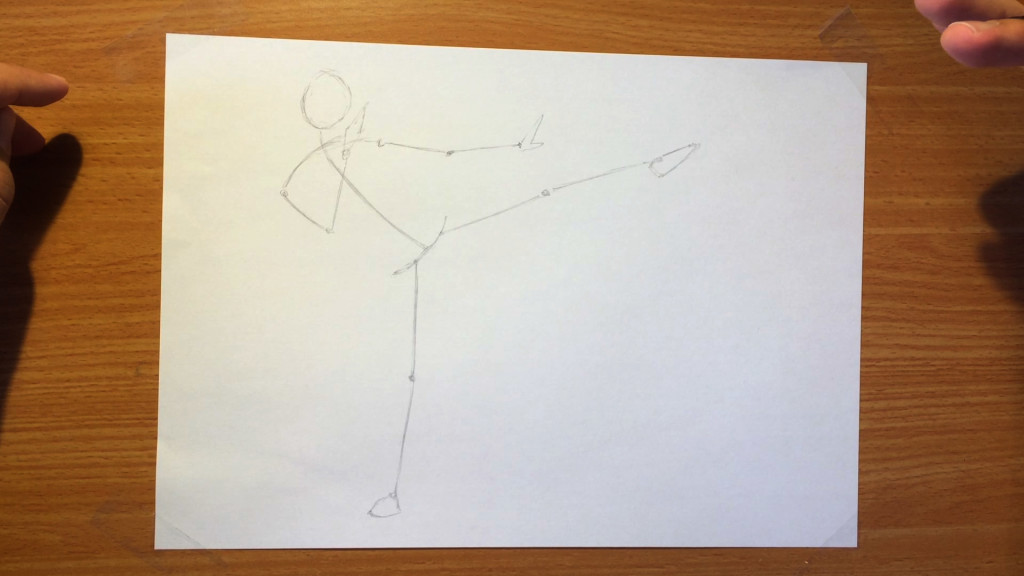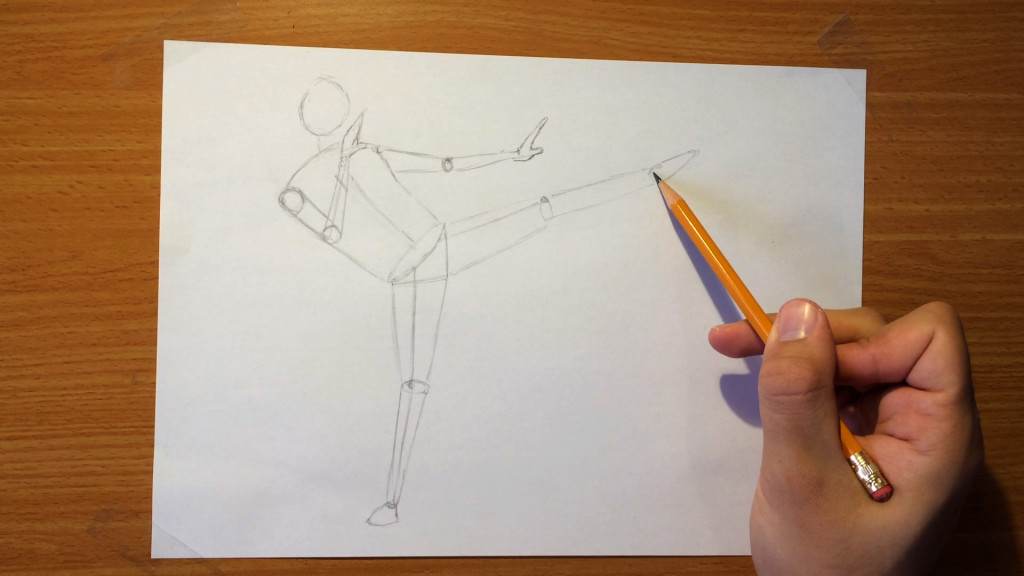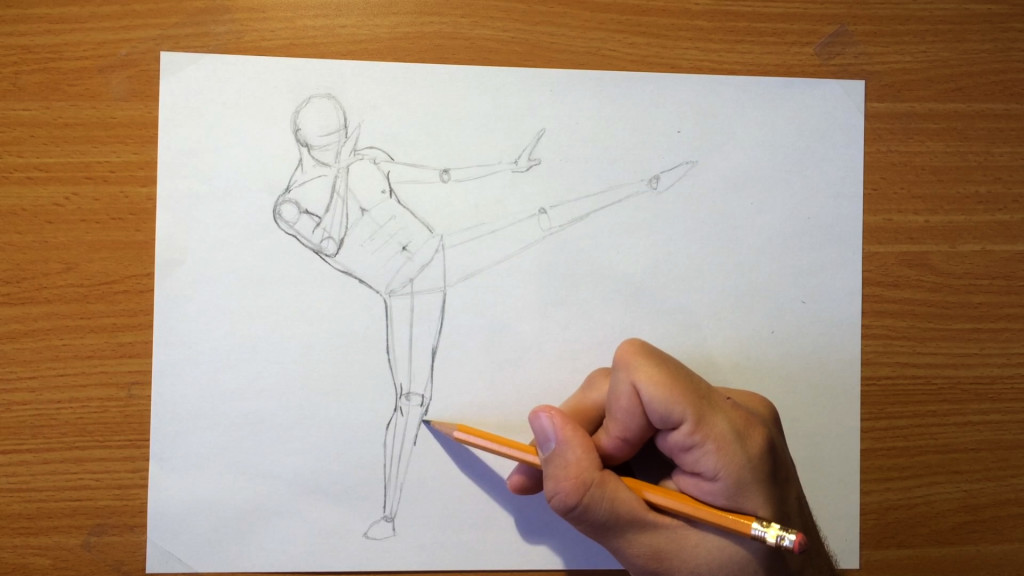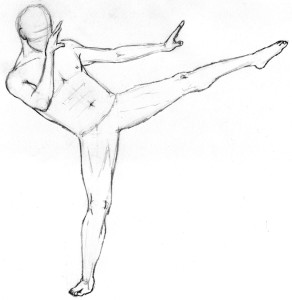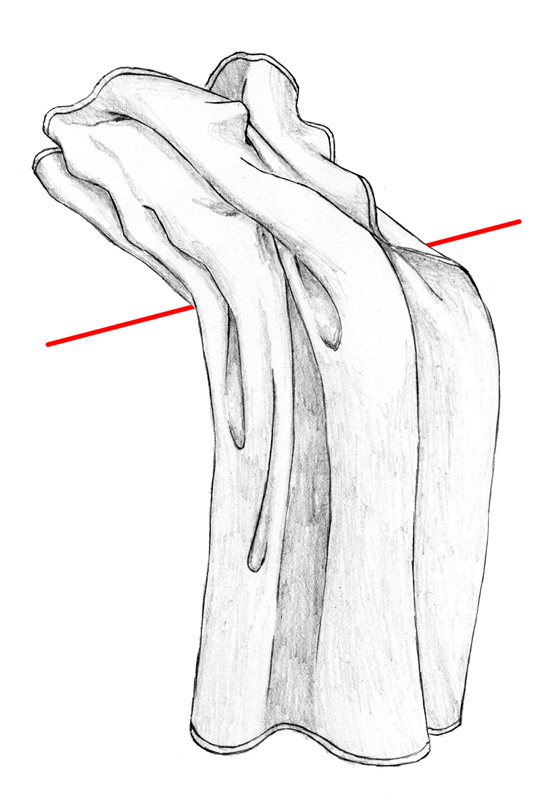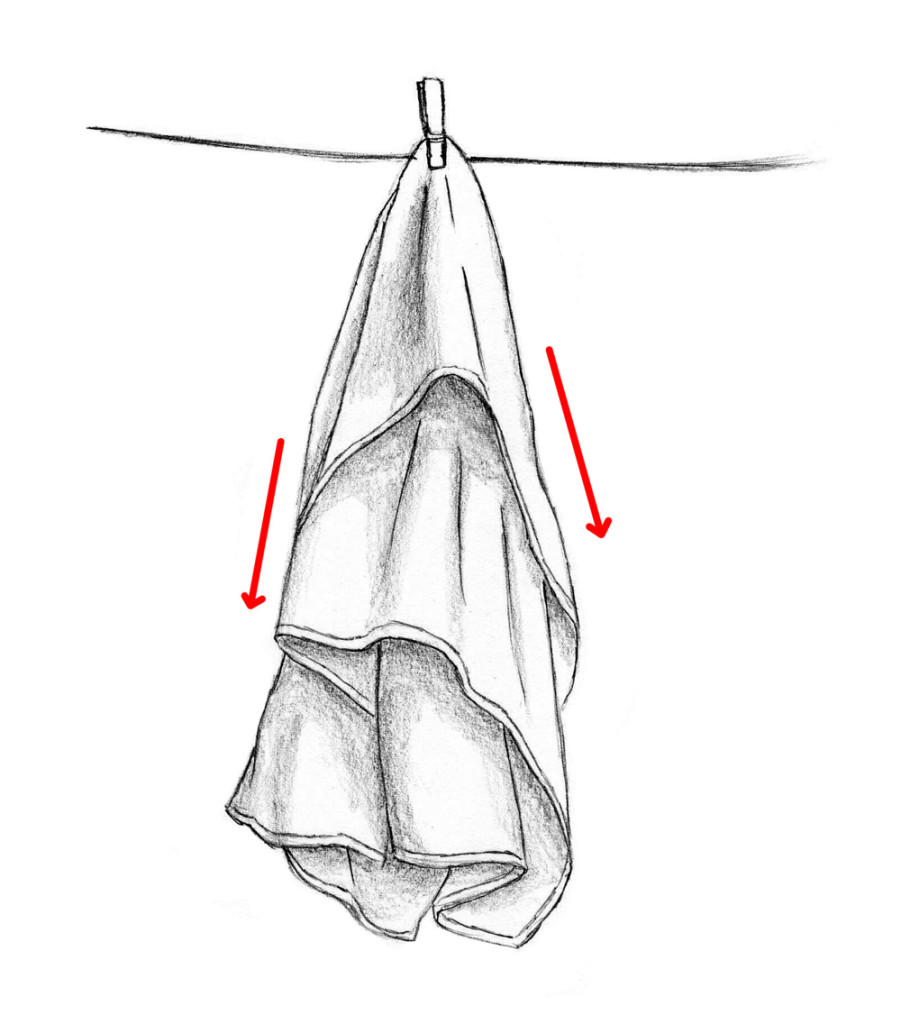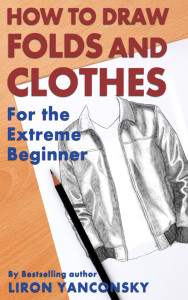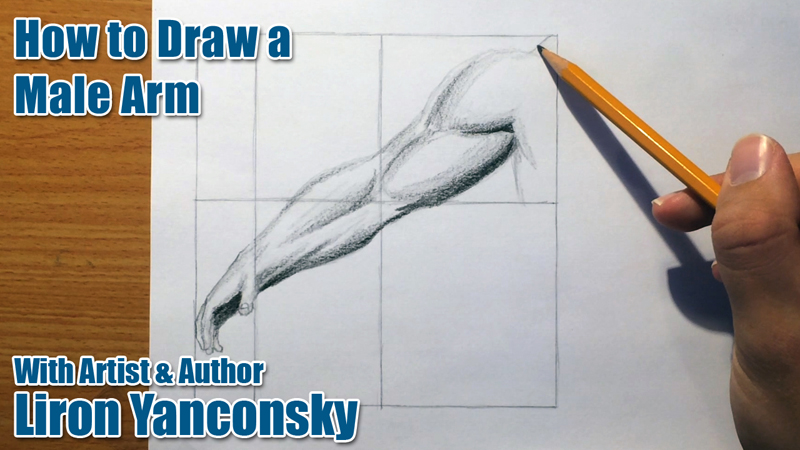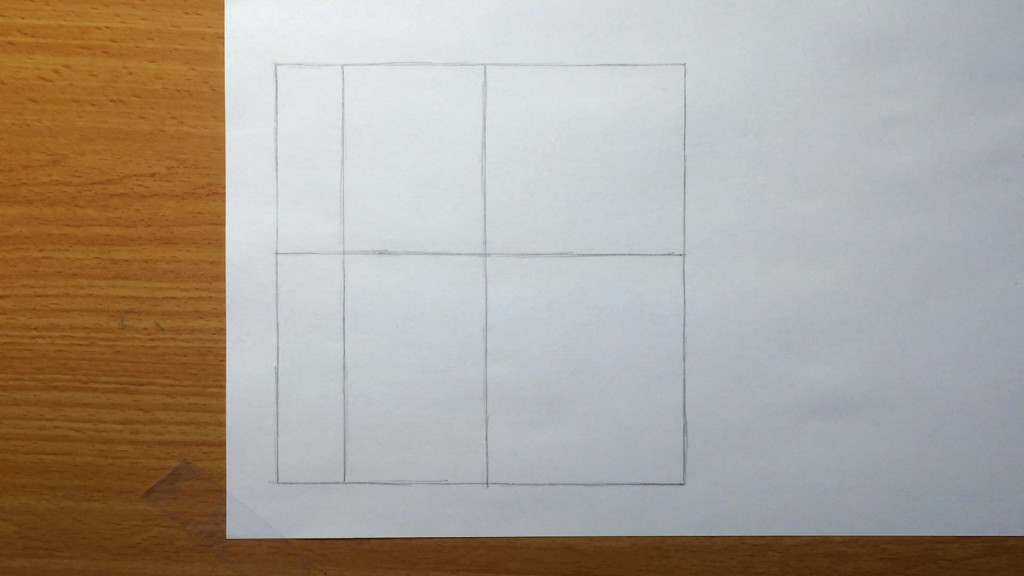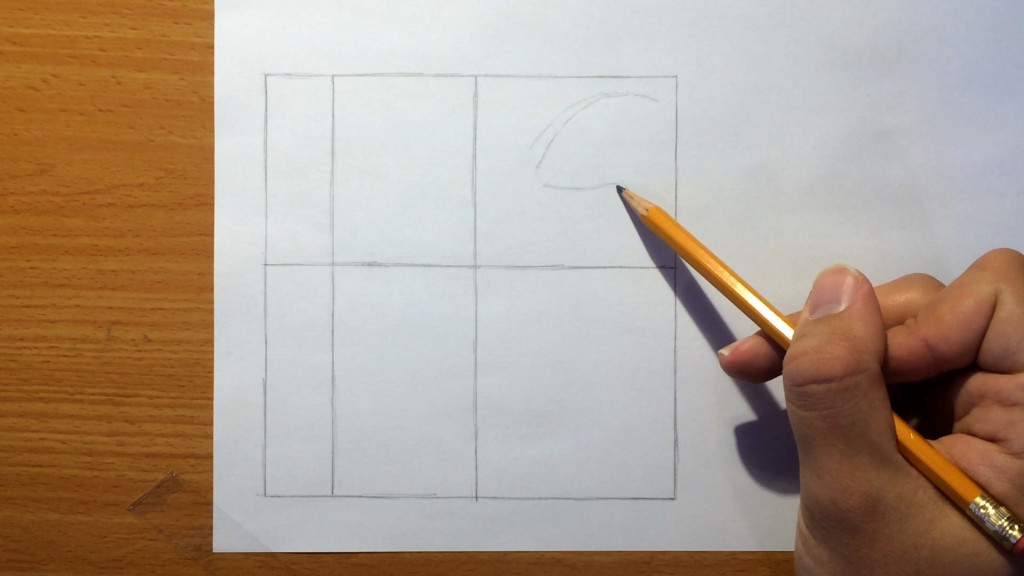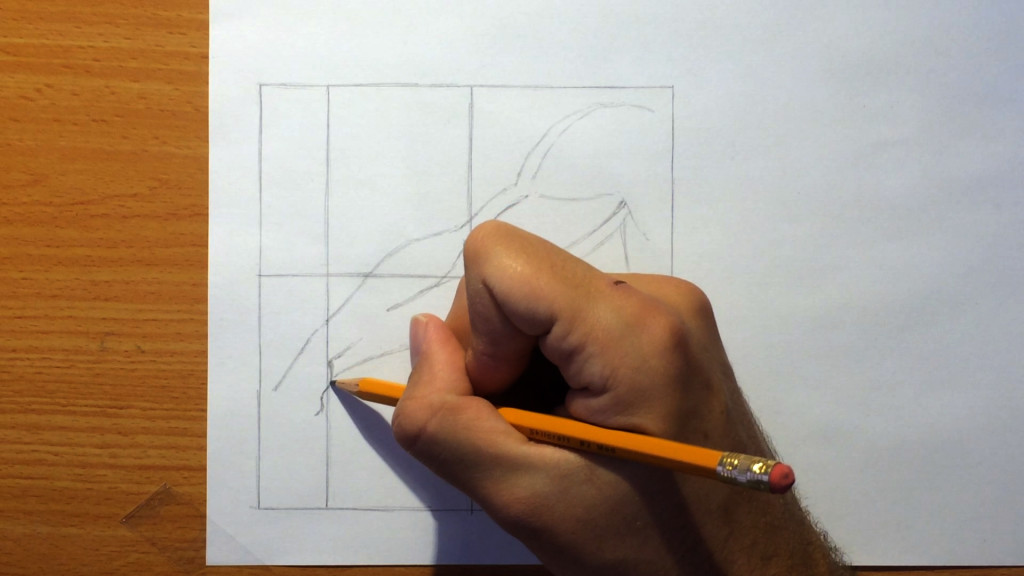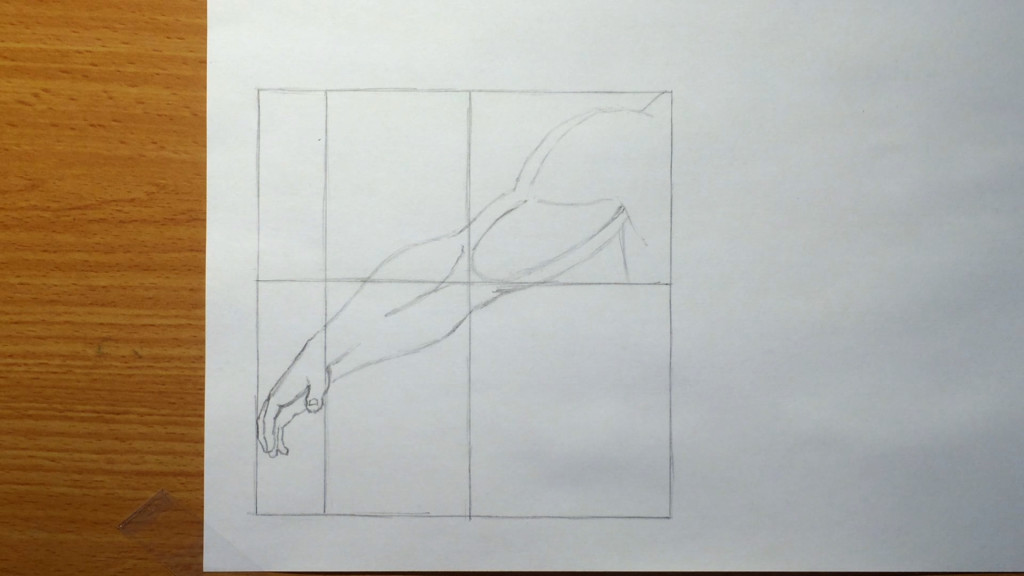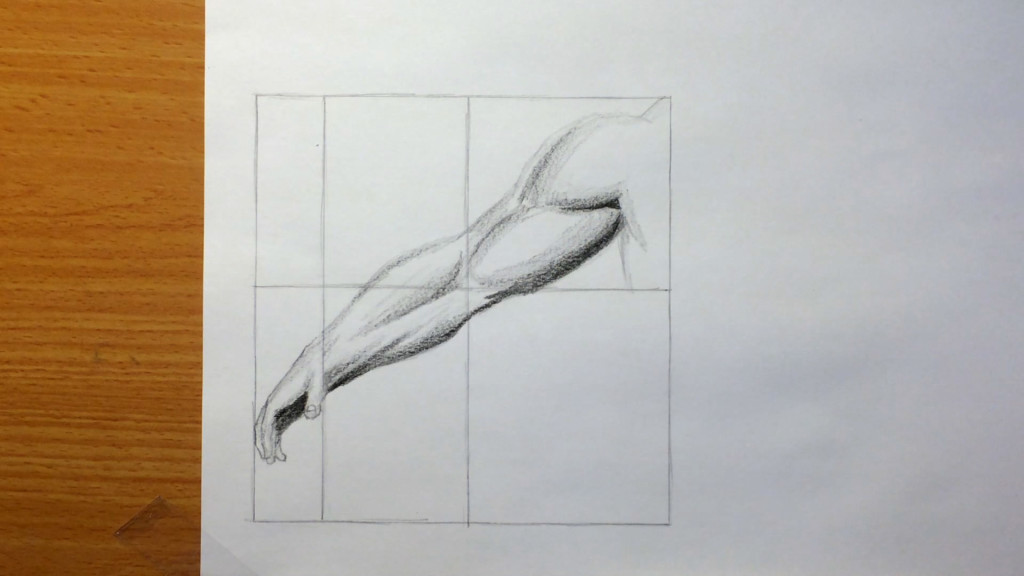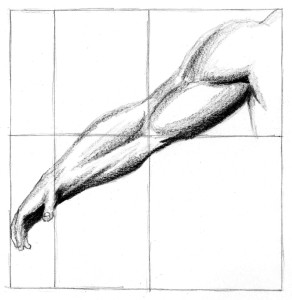Hey friends!
In this drawing lesson I’ll teach you how to draw a head in profile view, in a step by step manner.
My reference was a woman, and so some of the features will be gentler, but for the most part, the process is similar to drawing a male head.
Now, I will say this – this is one way of drawing a human head. It’s not even necessarily MY way.
I tend to prefer to simply draw what I see (=
But I understand that for many people it’s easier to draw using guidelines.
Check out the video, and then keep reading for some more tips:
I think everything here is mostly self-explanatory, but here are some of my key takeaways from the video:
1. One of the more important relations here is to understand where to place the chin and the jaw line.
From my experience, if you divide that initial circle into quarters (like we did), or even thirds, you’ll find that the chin is about a quarter-third below the circle.
In this example it was about a quarter.
2. Pay attention to the ear and the eyes.
If you draw a straight horizontal line from the ear, to the left, you’ll find it’ll be in-line with the eyebrows, or sometimes the eyes.
3. The mouth. A good rule to follow is, that the mouth is around the same height as the lower edge of the circle.
That’s mostly it.
The real challenge is playing with these guidelines and rules, trying to draw the head from different angles.
I recommend reference, as always! There are many many good images on Pinterest, that you can use as reference for drawing heads, the entire human figure or anything else you’d like to draw.
This is it for today!
Be sure to share any questions you have in a comment below, and subscribe here to get MY PERSONAL GUIDANCE (free!) + my book as a gift!
And I’ll talk to you soon,
– Liron


